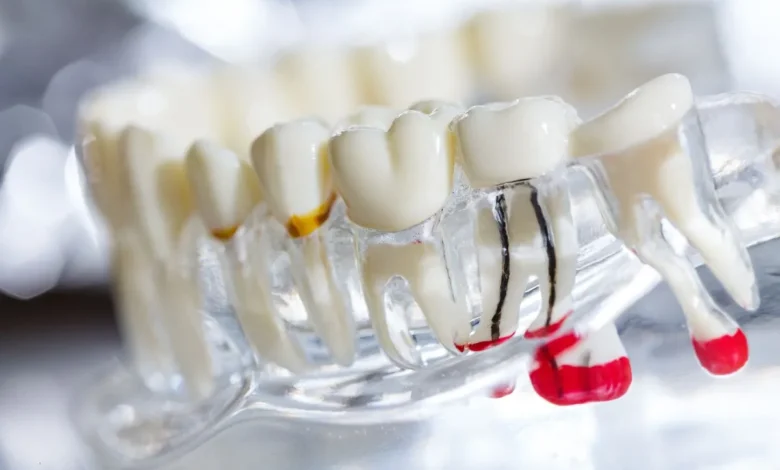The Importance of Root Canals for Saving Damaged Teeth

When a tooth becomes damaged, it often raises concerns about whether it can be saved. Root canals are a dental procedure used to preserve natural teeth and avoid the need for extraction. For patients looking to maintain their oral health and restore comfort, understanding root canals may bring helpful knowledge. Here is more information on this procedure and how you can save your damaged teeth.
What Damages Teeth?
Teeth can suffer damage for a variety of reasons. Tooth decay is among the most common causes; when bacteria in the mouth combine with sugars, they produce acids that erode enamel. Untreated decay can penetrate deeper layers of the tooth over time, leading to pain and infection.
Trauma is another cause of damage. Accidents, sports injuries, or even biting into hard objects can crack or break teeth. Repeated dental procedures on the same tooth or large fillings may weaken its structure, leaving it vulnerable to further issues. When teeth are damaged to this extent, saving them may require professional intervention.
What Are Root Canals?
Root canals are a specialized dental treatment designed to address severe damage to the inside of a tooth. The procedure targets the tooth’s pulp, the soft tissue inside that contains nerves and blood vessels. When the pulp becomes inflamed or infected, it can cause discomfort and create complications if left untreated.
Developed as an alternative to tooth extraction, this procedure focuses on repairing and preserving the natural tooth. By addressing the problem within the pulp and sealing off the area, the procedure allows the tooth to remain functional and pain-free. This may help those with damaged teeth have a better smile.
How Do Root Canals Save Damaged Teeth?
Root canals save teeth by treating the source of damage rather than removing the tooth entirely. When the pulp becomes inflamed or infected, it may lead to symptoms like pain, sensitivity to temperature, or gum swelling around the affected tooth. Without treatment, these symptoms can worsen, potentially leading to abscesses or bone loss. The root canal process reinforces the tooth’s structure, allowing it to function as it did before being damaged.
What Happens During the Procedure?
The root canal procedure is typically straightforward and may be completed in one or two visits. It begins with the dentist administering local anesthesia to make sure the patient is comfortable throughout the treatment. Once the tooth is numb, a small opening is made to reach the pulp inside.
Using specialized tools, the dentist removes the damaged or infected pulp and thoroughly cleans the canals of the tooth. After cleaning, the empty space is filled with a biocompatible material to stabilize the tooth internally. The opening is then sealed, and the tooth is often fitted with a crown for added strength and protection. Patients may find that returning to their routine shortly after the procedure is possible.
Learn More Today
Root canals are a valuable solution for addressing significant tooth damage and preserving natural teeth. Understanding how they work and their benefits can help patients seek treatment. If you’re experiencing pain or have questions about whether a root canal is right for you, contact your dentist or a dental care provider.





